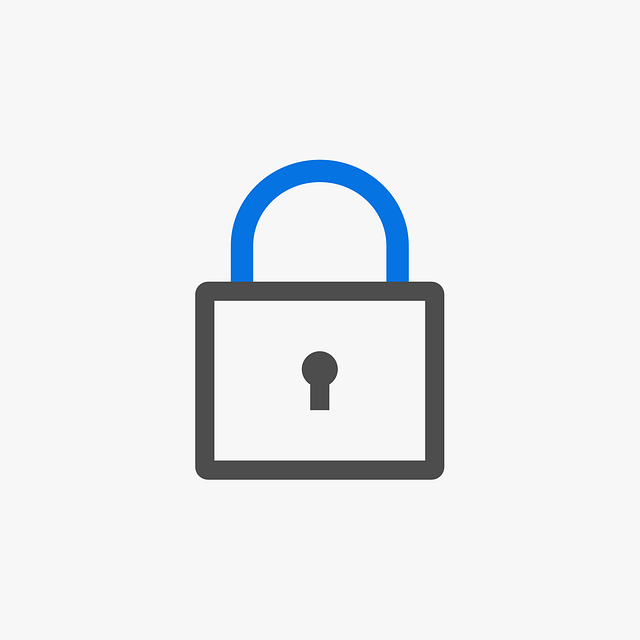Electronic access systems (EAS) are integral to modern security infrastructure, integrating hardware like locks, readers, and controllers with software managing user permissions and data. Key components include RFID proximity cards, biometric authentication, and access control software for authorization levels and audit logs. Defining security needs and budget is crucial; explore biometric, card-based, or keyless features and consider initial installation, maintenance costs, and customization options. Robust hardware and scalable software platforms enhance EAS effectiveness, while mobile app integration offers convenience. Regular updates, staff training, and continuous audits ensure long-term system efficacy.
Choosing an access control system is a crucial step in enhancing facility security. This comprehensive guide provides expert advice on navigating this process, from understanding the fundamentals of electronic access systems to defining your specific security needs and budget. We’ll explore key components, various technology types, and best practices for implementation and maintenance, ensuring you select the optimal solution for your requirements.
- Understanding Electronic Access Systems: A Primer
- Defining Your Security Needs and Budget
- Key Components of Effective Access Control
- Types of Access Control Technologies
- Implementing and Maintaining Your Chosen System
Understanding Electronic Access Systems: A Primer

Electronic access systems are a complex yet essential component of modern security infrastructure, offering controlled and automated entry to facilities, buildings, or specific areas. These systems use advanced technologies to manage who enters and when, enhancing safety and security while streamlining access for authorized personnel. At their core, electronic access control involves the integration of hardware components such as locks, readers, and controllers with software that manages user permissions and data.
Understanding these systems requires a basic grasp of terms like electronic access control, proximity cards or smart cards, biometric authentication, and access control software. Each component plays a vital role in ensuring secure entry: while proximity cards use radio frequency identification (RFID) to grant access when within range, biometric authentication verifies physical characteristics like fingerprints or facial features. The software, meanwhile, acts as the brain of the system, storing user data, managing authorization levels, and generating logs for security audits.
Defining Your Security Needs and Budget

Defining your security needs and budget is a crucial first step in choosing an appropriate electronic access system. Understand the areas requiring protection, such as entry points, sensitive areas, or specific assets, to determine the level of control needed. Different electronic access systems offer various features like biometric authentication, card readers, or keyless entries, catering to distinct security levels and user experiences.
Budget plays a significant role in this decision. Electronic access systems vary widely in cost, depending on their complexity and the level of integration required. Balancing your security objectives with financial constraints is essential. Consider both initial installation costs and ongoing maintenance expenses to make an informed choice that aligns with your budget while ensuring adequate protection for your premises.
Key Components of Effective Access Control

Access control systems are a vital component in ensuring security for any premises or facility. When selecting an electronic access system, several key components should be considered to ensure effectiveness and efficiency. Firstly, robust hardware is essential; this includes sturdy doors, locks, readers, and other physical elements that form the foundation of your access control solution. The reliability and quality of these components directly impact the entire system’s performance.
Additionally, a scalable and flexible software platform is crucial. This allows for easy customization to accommodate changes in security needs, such as adding or removing users, modifying access levels, and integrating with other security systems. Advanced features like biometric authentication, integration with mobile apps, and real-time monitoring can significantly enhance the overall security posture, providing a comprehensive and modern electronic access system.
Types of Access Control Technologies

Access control technologies have evolved significantly, offering a wide array of options for security professionals. The two primary categories are physical and digital. Physical systems include locks, keys, and barriers that restrict entry, while digital systems rely on electronic access systems for authorization and monitoring. Biometric access control, for instance, utilizes unique biological traits like fingerprints or facial recognition to verify identity, providing a high level of security.
Electronic access systems, such as card readers and keyless entry panels, are popular choices due to their convenience and programmability. These technologies can be integrated with centralized security systems, allowing administrators to manage access permissions remotely and create dynamic access rules based on roles and schedules. This advanced functionality ensures that only authorized personnel gain entry, enhancing overall facility security.
Implementing and Maintaining Your Chosen System

Implementing and maintaining your chosen electronic access system is a crucial step in ensuring its long-term effectiveness. Once installed, regular updates and checks are essential to keep the system running smoothly. This includes testing access credentials, verifying security protocols, and updating software to patch any vulnerabilities. A well-maintained system can adapt to changing needs, providing continuous protection without disruption.
Additionally, it’s vital to train staff on proper usage and security procedures. This simple step goes a long way in preventing unauthorized access attempts and ensuring everyone understands their role in maintaining the facility’s security. Regular audits and feedback loops also help identify potential gaps or improvements, allowing for proactive adjustments to your electronic access systems.
When selecting an access control system, understanding your security requirements, budget constraints, and available technologies is crucial. By integrating the right components and implementing a robust maintenance plan, you can safeguard your premises effectively. Remember, the choice of system should align with your unique needs, ensuring optimal security without exceeding your financial limits. Stay informed about electronic access systems to make an informed decision that keeps your space secure.
